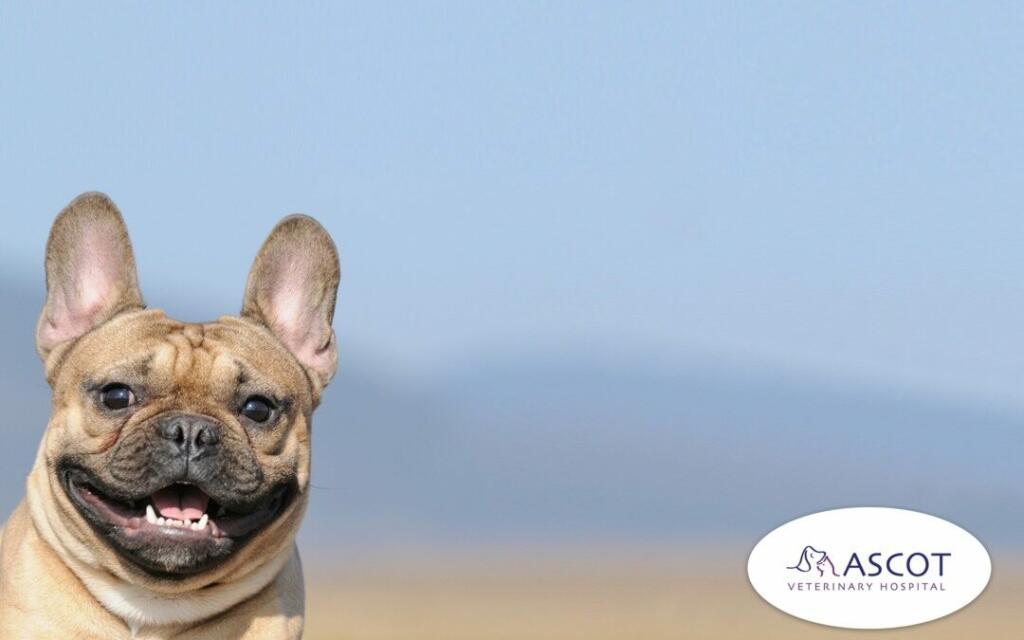It’s pet dental month, which is a good reminder to us humans that our dogs and cats can also fall victim to dental diseases! One of the most common oral diseases is periodontal disease, which damages the gums and teeth. Dental diseases are more common the older your pet gets, and if neglected, can cause health problems, pain and discomfort.
So, here is some advice on how to look after your pet’s teeth!
Symptoms of Oral Diseases
First things first, the following are signs/symptoms to look out for which could indicate poor oral health:
- Discoloured teeth
- Loose teeth
- Bad breath
- Build-up of tartar
- Bleeding or swollen gums
- Broken teeth
- Facial discomfort surrounding the mouth
If any of the above are present, it’s advisable to contact the team at Ascot Vet for the best advice.
Maintaining Dental Hygiene
There are many things you can do to maintain your pet’s dental hygiene at home. Read on for our top tips to improve your pet’s dental health!
Diet
One of the most crucial ways to maintain dental hygiene is to ensure that the food fed to your cat or dog is scientifically proven to benefit their dental needs. There are different flavours, sizes and textures of foods to suit each pet. Dental diets work in two ways. The first is mechanically, by physically “brushing” the pet’s teeth as they bite down and chew on the kibble. Secondly, enzymes in the food actually work to prevent tartar and plaque from forming on the teeth.
Brushing your pet’s teeth
Brushing the teeth of your beloved furry friends is quintessential to preventing the growth of plaque on their teeth. Plaque is a coat of bacteria that hardens on teeth which can lead to tooth decay or loss.
Chewables & treats
Many of our pet treats have their purpose, whether it is for rewarding our pets or for obedience training. But one type that is underrated are the treats that encourage our pets to chew. Plaque on our dog’s and cat’s teeth can be removed by physical rubbing – so chewing on treats will actually help to remove it! However, this method alone is not enough to be the sole dental routine for our pets and should be used in conjunction with other methods.
Professional cleaning
If your pet hasn’t had any form of dental care in the past, then a professional clean is highly advisable. Your veterinarian will anaesthetise your pet to ensure no pain is felt during the procedure, and so they can reach all the teeth and adequately examine and clean them. The clean involves a complete dental examination as well as a professional scale and polish, and full dental charting. So you can rest assured that your pet will be receiving the utmost care from the vet.
For more advice and help for your pets, please reach out on 08 9277 7488 or at www.ascotvet.com.au!

